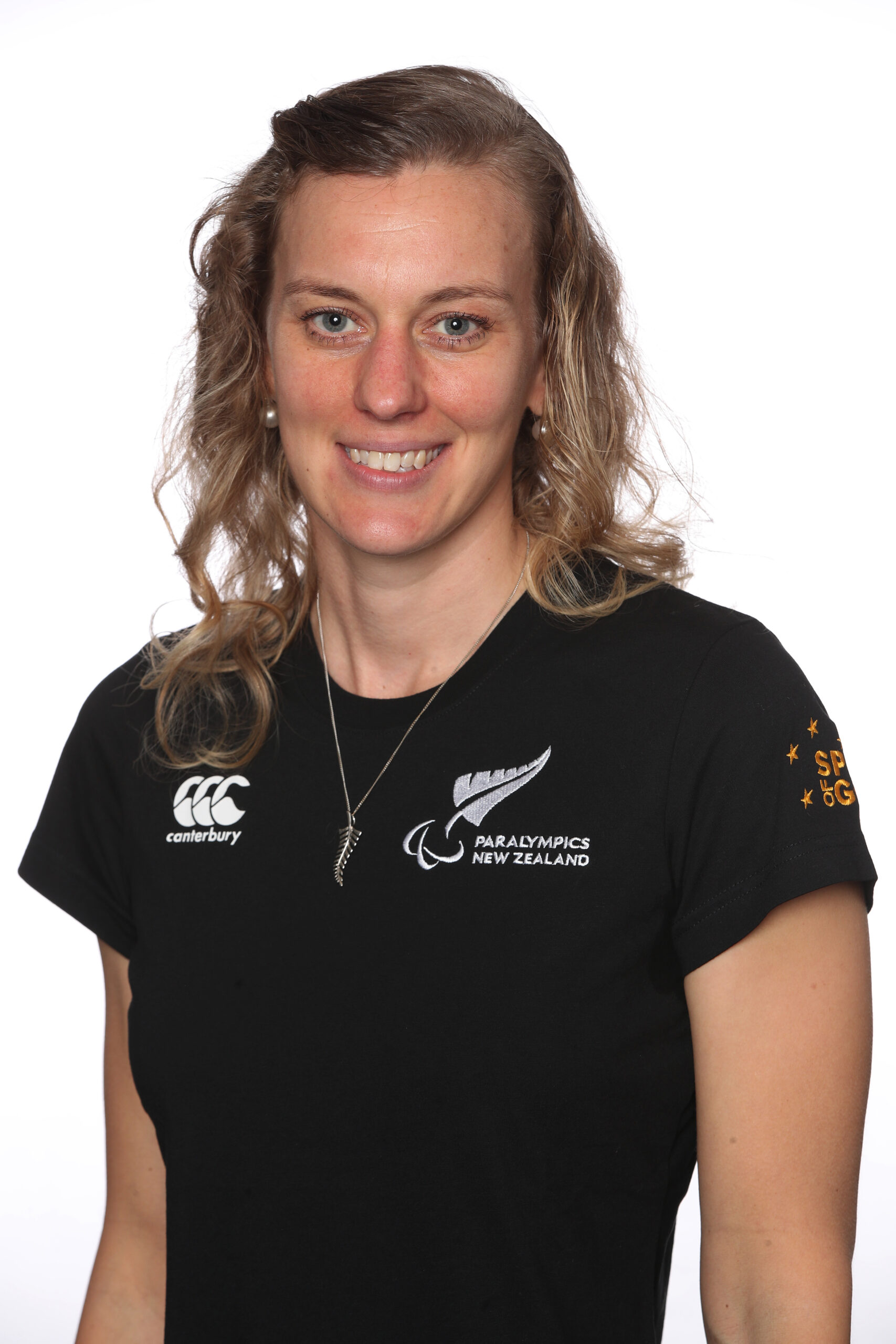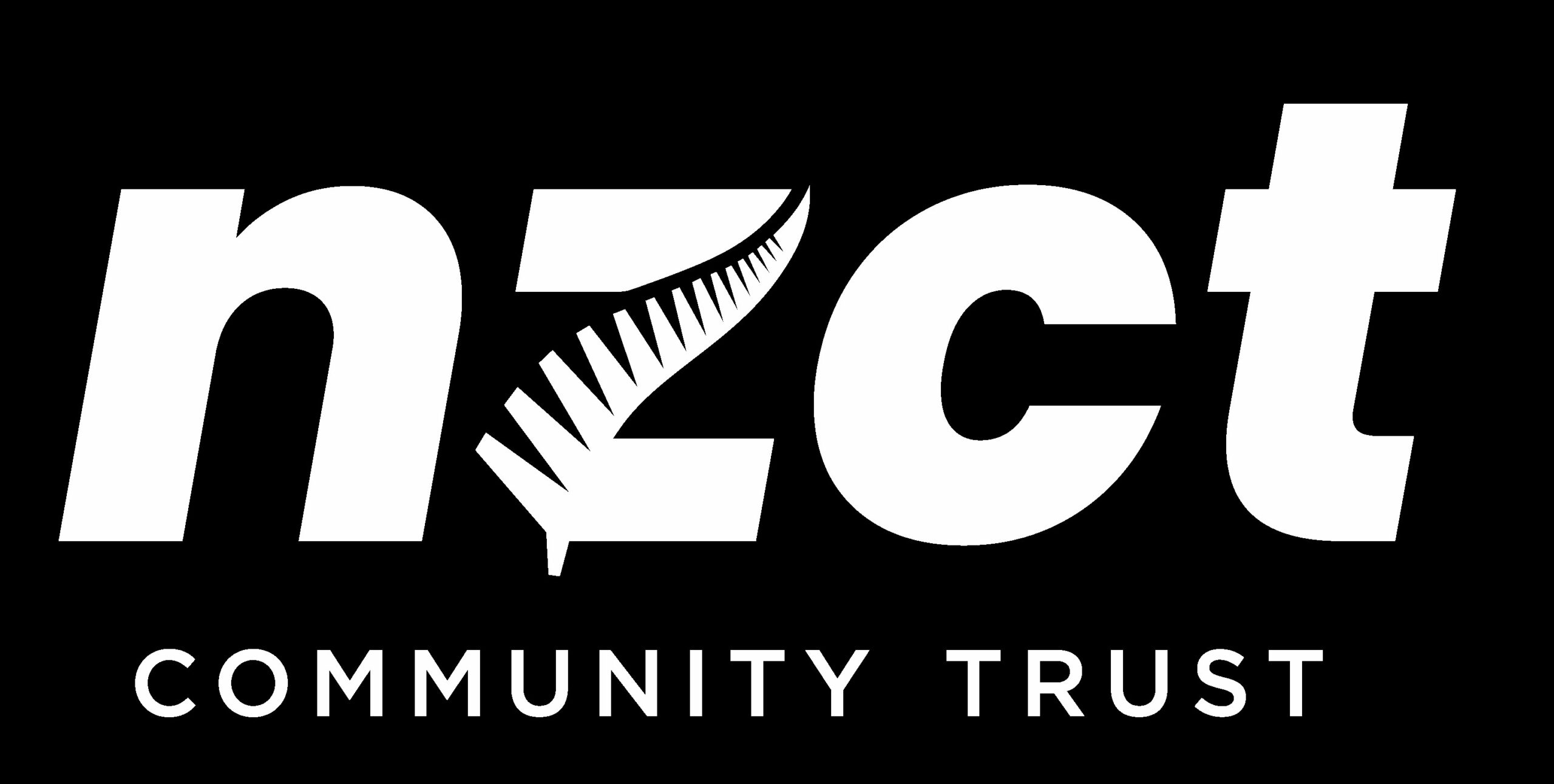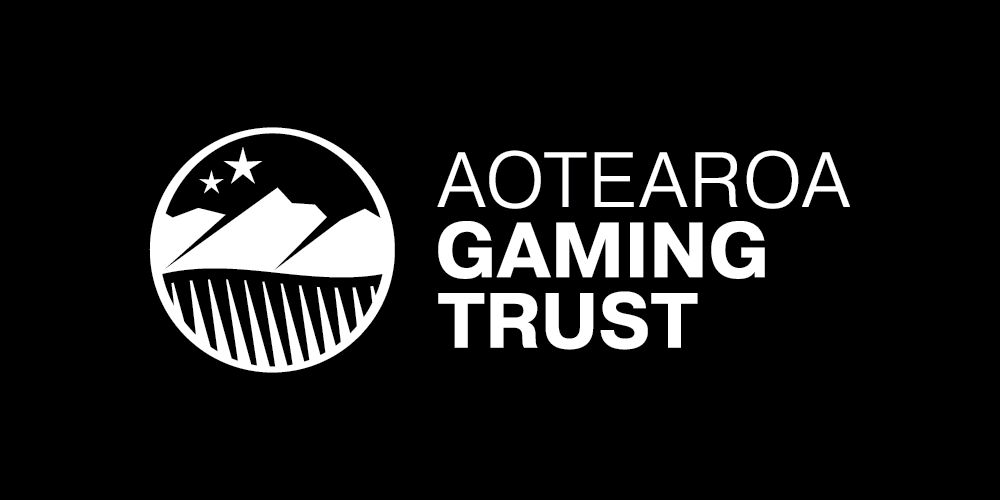PNZ is pleased to announce the Para Cycling Team to compete at the 2022 Para Cycling Road World Championships. The Championships take place in Baie-Comeau, Canada from 11-14 August.
The team of 6 Para cyclists is made up of Paralympians. Team member Stevo Hills is a veteran of both Rio 2016 and Tokyo 2020.
Named to the team are:
- Paralympian Sarah Ellington
- Paralympian Stephen ‘Stevo’ Hills
- Paralympian Eltje Malzbender
- Paralympian Rory Mead
- Paralympian Nicole Murray
- Paralympian Fraser Sharp
Update 20 June 2022: Rory Mead has withdrawn from the team due to injury.
New Zealand last competed at the Para Cycling Road World Championships three years ago in 2019. There, the team took home 6 medals. Members of the 2022 team won 4 of those 6 medals in 2019. Eltje won gold for both the time trial and the road race. Sarah won silver in the time trial. Stevo won bronze in the road race. Three years down the line, they are hoping to prove they are still among the best in the world.
Meet the Team

Paralympian #213 Sarah Ellington (Greymouth) has competed at multiple World Championships as well as the Tokyo 2020 Paralympics, where she placed 10th and 12th respectively in the Women’s C1-3 Time Trial and Women’s C1-3 Road Race. Sarah is a C2 rider, having a loss of muscle power from a spinal cord injury. (See notes for more information about classifications in Para cycling.)

Paralympian #196 Stevo Hills is a veteran of two Paralympic Game and multiple Road World Championships. He was New Zealand’s first ever trike Para cyclist at a Paralympics in Rio 2016 and has continued to deliver great results ever since. Stevo’s T2 classification is a competitive one, and he’s looking forward to lining up against the best in the world in Canada.

Paralympian #220 Eltje Malzbender was named world champion in both the time trial and the road race in the last Para Cycling Road World Championships she attended in 2019 and she is definitely one to watch in 2022. In the two Para Cycling Road World Cups in May, Eltje took the silver medal in every race. Eltje competes in the T1 classification on a tricycle.

Paralympian #221 Rory Mead is the only hand cyclist on the team. Rory lives in Ohio, but still calls New Zealand home. He placed fifth in both the time trial and the road race in Tokyo 2020. Rory competes in the H2 classification.

Paralympian #222 Nicole Murray is fresh from winning her first road racing gold medal in the Elzach World Cup, giving her the confidence that she fits among the top riders in her classification. Her results prove that she is one of the riders to beat in the competitive C5 classification.

Paralympian #207 Fraser Sharp delivered strong performances in May in the two Para Cycling Road World Cups. Fraser competed in the Rio 2016 Paralympic Games, placing 8th in the time trial. Fraser competes in the C2 classification, having a traumatic brain injury from a road accident in 1993.
“Extremely promising”
Paralympics New Zealand CE Fiona Allan passed on her congratulations to all the Para cyclists and commended the strong team heading to the Championships.
“The selected Para cyclists are a proven group of elite Para athletes, with both strong past results and extremely promising current form. We’re delighted they will represent New Zealand in just under two months,” said Allan.
Five of the team, Eltje Malzbender, Sarah Ellington, Nicole Murray, Fraser Sharp and Stevo Hills, are fresh from Road World Cups in Ostend and Elzach where Nicole won a gold medal and Eltje won a silver medal in each of her 4 races.
Coach Damian Wiseman says the team laid strong foundations in Europe and took good learnings to prepare for Canada.
“I’m really pleased with how we’re shaping up for Canada. The results we saw in the two World Cups indicate we have great systems in place. The team is showing the attitude, performance, and the progression to succeed at the World Championships.”
About classification in Para cycling
- Classification groups Para cyclists with an eligible impairment into sports classes, according to how much their impairment affects their ability to carry out the fundamental activities in their sport.
- Para athletes who are able to use a standard bicycle (with approved adaptations) compete in the five sport classes C1-5, Sport class C1 is allocated to athletes with the most severe activity limitation, while the sport class C5 is allocated to athletes with minimum impairments. The C1-5 sport classes include athletes with limb deficiency, impaired muscle power or range of motion and impairments affecting co-ordination, such as uncoordinated movements and involuntary movements.
- Para cyclists who have a visual impairment race on a tandem bicycle with a sighted cyclist (pilot) at the front. They cycle in the sports class B. This class will include athletes with a range of visual impairment from a low visual acuity (less than 6/60) and/or a visual field of less than 20 degrees through to athletes with no vision.
- Para athletes who ride a tricycle are unable to ride a bicycle safely due to impairment affecting their balance and coordination. They are divided into two classes, T1 and T2. The sport class T1 is allocated to athletes with more significant balance and co-ordination impairments and problems controlling movements than athletes competing in sport class T2.
- There are five different sport classes for handcycle racing. The lower numbers indicate a more severe activity limitation. Para athletes competing in the H1 classes have a complete loss of trunk and leg function and limited arm function, e.g. as a result of a spinal cord injury. Para athletes in the H4 class have limited or no leg function, but good trunk and arm function. Para cyclists in sport classes H1 – 4 compete in a reclined position. Para cyclists in the H5 sport class sit on their knees because they are able to use their arms and trunk to accelerate the handcycle. Para athletes in this sport class might have leg amputations, paraplegia or mild to moderate involuntary and uncoordinated movements.


























